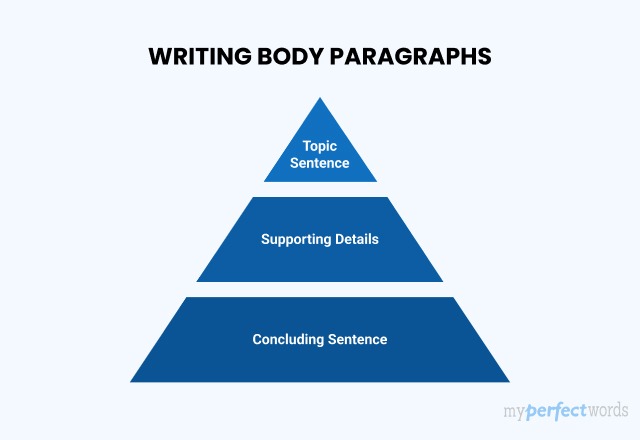What is an Essay Outline?
In essay writing, an outline serves as a structured plan that lists and organizes the different parts of your essay. It's a tool to keep writers focused and make sure they cover all necessary points without missing anything important.
Unlike formal writing, outlines are often in shorthand or bullet points, making them easy to revise and adjust as needed. This helps in planning how ideas flow between paragraphs and the optimal sequence for presenting supporting arguments.
Here’s why outlining is so useful:
- Refine your ideas and ensure they are relevant to your topic.
- Maintain a clear and organized structure throughout your essay.
- Save time by guiding your writing process and preventing unnecessary revisions.
Need an outline? Our essay writing help delivers.
Basic Parts of An Essay
An essay outline typically includes:
Introduction
An essay introduction contains:
- Hook: An engaging opening sentence or two that captures the reader's attention.
- Thesis Statement: A clear and concise statement that presents the main argument or purpose of the essay.
Body Paragraphs
A body paragraph of an essay consists of:
- Topic Sentence: The main idea of the paragraph, usually the first sentence.
- Supporting Details: Evidence, examples, facts, or quotations that support the topic sentence.
- Analysis: Your interpretation and analysis of the supporting details, explaining how they relate to the thesis.
- Transition Words and Sentences: Words and Sentences that connect one paragraph to the next and maintain the flow of the essay.
Conclusion
An essay conclusion summarizes the main points consisting of:
- Restate the thesis but in different words.
- Summarize the main points from the body paragraphs.
- Provide a closing thought that leaves a lasting impression on the reader.
Steps to Write an Essay Outline
Let’s see how to make an outline in simple steps to make the writing process much easier:
Step 1. Organize Your Material
First, gather all the information, quotes, and ideas you’ve found during your research. Your thoughts might still be a bit scattered, and that’s perfectly fine. The key is to have a clear understanding of your topic.
Now, start shaping these ideas into a clear argument. Think of this as laying out all your ingredients before you start cooking. You’re getting everything ready so the actual writing process will be smooth and efficient.
Tip: Write down your thesis statement first. It will guide how you organize everything else.
To Best Organize Your Material:
- Write down all the key points and create a list.
- Group related points together.
- Decide which points are the most important for supporting your thesis.
- Consider using index cards, sticky notes, or mind-mapping software tools
Step 2. Create Categories
Next, sort your information into categories that support your main argument. Look at the material you have and think about the central point you want to make. These categories will form the basis of your essay's body paragraphs.
To Create Categories:
- Identify the main themes or topics that emerge.
- Give each category a clear label that reflects its main idea.
- Make sure your categories are balanced in terms of the amount of information they contain.
Step 3. Arrange the Order of Information
Once you have your categories, decide the best order to present them in. Your essay will start with an introduction and end with a conclusion, but the body can be organized in different ways. Consider what makes the most sense for your argument.
Tip: Think about flow. Ask yourself if one point naturally leads to the next. Sometimes, it makes sense to present background information first before diving into specific arguments.
Step 4. Develop Each Section
Now, within each category, jot down the main idea you want to discuss in that section. Add a few points or pieces of evidence that support this idea. Each paragraph in your essay will focus on one of these points.
To Develop Each Section:
- Stay Focused: Stick to one main idea per paragraph. This keeps your writing clear and easy to follow.
- Use Clear Evidence: Choose supporting points that are strong and directly relevant to your main idea.
- Plan Transitions: Think about how you will move from one point to the next within the paragraph and from one paragraph to the next.
Step 5. Review and Refine
Finally, take a step back and look at your outline as a whole. Check if all your categories are relevant to your thesis statement and if the order makes sense. Remove any redundant or irrelevant points.
For reviewing and refining:
- Take a Break: After you create your outline, step away for a while. Coming back with fresh eyes will help you see areas for improvement more clearly.
- Ask for Feedback: If possible, ask a friend or classmate to review your outline. They might catch things you missed.
- Read Aloud: Reading your outline aloud can help you catch awkward phrasing or logical gaps.
- Use a Checklist: Make a checklist of things to review (relevance, order, redundancy, consistency) and go through it step by step.
Types of Essay Outlines
When it comes to organizing your essay, several types of outlines can help structure your thoughts and ideas. Here are the main types:
1. Alphanumeric Outline
The alphanumeric outline is the most common type and is characterized by the use of Roman numerals, capital letters, Arabic numerals, and lowercase letters to organize the information.
Example:
I. Introduction A. Hook B. Background information C. Thesis statement II. Body Paragraph 1 A. Main point 1. Supporting detail 2. Supporting detail B. Additional point III. Body Paragraph 2 A. Main point 1. Supporting detail 2. Supporting detail IV. Conclusion A. Restate thesis B. Summary of main points C. Closing thought |
2. Decimal Outline
The decimal outline is similar to the alphanumeric outline but uses a decimal system for the organization. It can provide a more precise structure, especially for more complex essays.
Example:
1.0 Introduction 1.1 Hook 1.2 Background information 1.3 Thesis statement 2.0 Body Paragraph 1 2.1 Main point 2.1.1 Supporting detail 2.1.2 Supporting detail 2.2 Additional point 3.0 Body Paragraph 2 3.1 Main point 3.1.1 Supporting detail 3.1.2 Supporting detail 4.0 Conclusion 4.1 Restate thesis 4.2 Summary of main points 4.3 Closing thought |
3. Full Sentence Outline
A full sentence outline includes full sentences for each heading and subheading, providing a detailed framework for your essay. This type of outline can be particularly useful for more complex or lengthy essays.
Example:
I. Introduction A. The hook grabs the reader’s attention. B. Background information provides context. C. The thesis statement presents the main argument. II. Body Paragraph 1 A. The first main point supports the thesis with evidence. 1. Specific supporting detail further explains the point. 2. Another supporting detail strengthens the argument. B. An additional point adds depth to the argument. III. Body Paragraph 2 A. The second main point offers a new perspective on the thesis. 1. Supporting detail gives more evidence. 2. Another supporting detail adds more support. IV. Conclusion A. The thesis is restated to reinforce the argument. B. Main points are summarized to remind the reader. C. A closing thought leaves a lasting impression. |
Essay Outline Examples
Here are some essay outline examples for you to get an idea for writing your outlines.
Argumentative Essay Outline
In an argumentative essay, you should provide solid arguments on both sides of the issue. To achieve that, follow an argumentative essay outline to compose a great argumentative paper and score high grades.
The following is the argumentative essay outline template for your help.
Argumentative Essay Outline on Artificial Intelligence I. Introduction A. Hook: “Artificial intelligence is transforming every aspect of our lives, from healthcare to transportation.” B. Background: Brief history of AI development and its current applications. C. Thesis: "While artificial intelligence offers significant benefits, its potential risks require careful regulation to ensure ethical use." II. Body Paragraph 1: Benefits of AI
III. Body Paragraph 2: Risks of AI
IV. Body Paragraph 3: Need for Regulation
V. Conclusion A. Restate thesis: "While AI presents many advantages, we must implement regulations to manage its risks." B. Summarize main points: Benefits, risks, and the need for regulation. C. Closing thought: “Responsible use of AI can lead to a future where technology serves humanity’s best interests.” |
Expository Essay Outline
An expository essay presents a balanced analysis of a subject solely based on facts. The expository essay outline gives you a better idea of creating a well-written outline for your essay.
Expository Essay Outline on CSS (Cascading Style Sheets) I. Introduction A. Hook: "CSS is the backbone of web design, enabling the separation of content from presentation." B. Background: Overview of CSS and its role in web development. C. Thesis: "Understanding CSS is crucial for creating visually appealing and well-structured web pages." II. Body Paragraph 1: Basics of CSS A. Definition and purpose B. Syntax and structure 1. Selectors 2. Properties and values III. Body Paragraph 2: Styling Elements with CSS A. Text formatting 1. Font styles and sizes 2. Color and alignment B. Layout design 1. Margins and padding 2. Positioning and float IV. Body Paragraph 3: Advanced CSS Techniques A. Responsive design 1. Media queries 2. Flexbox and grid layout B. Animations and transitions 1. Keyframes 2. Transform properties V. Conclusion A. Restate thesis: "Mastering CSS is essential for effective web design." B. Summarize main points: Basics, styling, and advanced techniques. C. Closing thought: "With CSS, web designers can bring their creative visions to life." |
Literary Analysis Essay Outline
A literary analysis essay is an important academic assignment that examines and evaluates a piece of literature work.
If you have no idea how to structure this type of essay, here is a literary analysis essay outline for your help.
Literary Analysis Essay Outline on Climate Change I. Introduction A. Hook: "Literature often reflects the pressing issues of its time, and climate change is no exception." B. Background: Brief overview of how climate change is depicted in literature. C. Thesis: "Literary works on climate change reveal the deep anxieties and hopes surrounding our planet’s future." II. Body Paragraph 1: Depiction of Climate Change in Literature A. Early warnings in science fiction 1. H.G. Wells’ ‘The Time Machine’ 2. J.G. Ballard’s ‘The Drowned World’ B. Contemporary literature 1. Margaret Atwood’s ‘Oryx and Crake’ 2. Kim Stanley Robinson’s ‘New York 2140’ III. Body Paragraph 2: Themes and Motifs A. Environmental destruction
B. Social and political commentary
IV. Body Paragraph 3: Authors’ Perspectives A. Optimistic visions
B. Pessimistic outlooks
V. Conclusion A. Restate thesis: "Literature on climate change highlights both the perils and possibilities facing humanity." B. Summarize main points: Depictions, themes, and authors’ perspectives. C. Closing thought: "Through these narratives, we can better understand the urgency of addressing climate change." |
Narrative Essay Outline
A narrative essay is a type of paper in which you tell a story from your own perspective or personal experience. It provides specific details to get the readers involved in your story and understand your viewpoint.
Below is a personal narrative essay outline sample that you can refer to for better understanding.
Personal Narrative Essay Outline on Democracy I. Introduction A. Hook: "Growing up, I always heard my parents speak passionately about the importance of voting." B. Background: Brief overview of your personal connection to democracy. C. Thesis: "My journey to understanding democracy taught me the value of every individual’s voice in shaping our society." II. Body Paragraph 1: Early Experiences A. Family discussions about politics B. First experience of voting with parents C. Influence of civic education in school III. Body Paragraph 2: Personal Realization A. Attending a political rally B. Engaging in community activism C. Understanding the power of collective action IV. Body Paragraph 3: Applying Democratic Values A. Volunteering for a campaign B. Participating in local government meetings C. Encouraging others to vote V. Conclusion A. Restate thesis: "Understanding democracy has shown me the importance of active participation." B. Summarize main points: Early experiences, personal realization, and applying values. C. Closing thought: "In a democracy, every voice matters, and it’s our duty to make sure it’s heard." |
Persuasive Essay Outline
In a persuasive essay, the author uses logic and solid arguments to convince the readers of a particular point of view.
To create a persuasive essay outline, consider the following sample.
Persuasive Essay Outline on Pollution I. Introduction A. Hook: "Every day, we contribute to a growing problem that threatens our health and environment: pollution." B. Background: Brief overview of pollution’s impact. C. Thesis: "We must adopt stricter regulations and personal habits to reduce pollution and protect our planet." II. Body Paragraph 1: Effects of Pollution A. Health hazards 1. Respiratory diseases 2. Waterborne illnesses B. Environmental damage 1. Loss of biodiversity 2. Climate change acceleration III. Body Paragraph 2: Need for Stricter Regulations A. Government policies 1. Emission standards 2. Waste management laws B. Corporate responsibility 1. Sustainable practices 2. Pollution control technologies IV. Body Paragraph 3: Personal Responsibility A. Reducing waste 1. Recycling and composting 2. Minimizing plastic use B. Adopting eco-friendly habits 1. Using public transport 2. Supporting green initiatives V. Conclusion A. Restate thesis: "Stricter regulations and personal responsibility are crucial to combating pollution." B. Summarize main points: Effects, need for regulations, and personal responsibility. C. Closing thought: "Together, we can create a cleaner, healthier future for all." |
Application Essay
An application essay, also known as a personal statement, is written by an applicant to showcase their qualifications, experiences, and motivations for applying to a particular institution or program.
Here is a college admission essay outline in 5-paragraph essay format:
Admissions Essay Outline I. Introduction A. Hook: "Ever since I was a child, I’ve been fascinated by the power of stories to connect people." B. Background: Brief overview of your passion for storytelling. C. Thesis: "My desire to study literature stems from my belief in the transformative power of stories to shape our understanding of the world." II. Body Paragraph 1: Early Experiences A. Discovering books in childhood 1. Favorite childhood books 2. Influence of family reading time B. Developing a love for writing 1. Writing short stories 2. School writing competitions III. Body Paragraph 2: Academic Achievements A. High school literature classes 1. Favorite authors and works studied 2. Success in literature exams B. Extracurricular involvement 1. Member of the school newspaper 2. Participation in writing clubs IV. Body Paragraph 3: Future Goals A. Aspiration to study literature at university 1. Interest in specific courses and professors 2. Desire to contribute to the university’s literary community B. Career ambitions 1. Becoming an author or literary critic 2. Using literature to promote social change V. Conclusion A. Restate thesis: "Studying literature will allow me to explore my passion for storytelling and its impact on society." B. Summarize main points: Early experiences, academic achievements, and future goals. C. Closing thought: "I am excited to continue my journey at your university, where I can deepen my understanding of literature and its power to inspire change." |
Here is a sample essay outline in downloadable PDF format to help you get a better understanding:
As we wrap it up, in this guide, we've explored the crucial role of essay outlines along with different formats and templates of outlines.
However, we understand that even with the best guidance, crafting an essay can still feel overwhelming. That’s where MyPerfectWords.com comes in. Whether you need help with an outline or want someone to do my paper, our writing service offers expert assistance.
So, why wait? Get 24/7 assistance now!
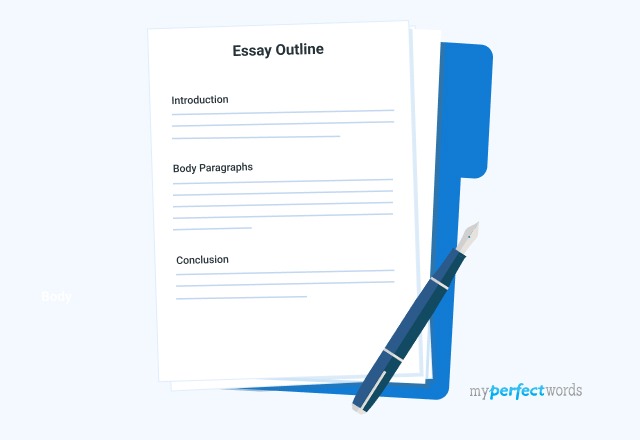


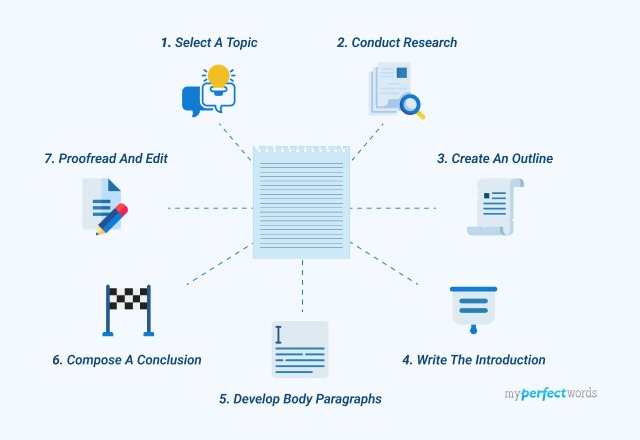

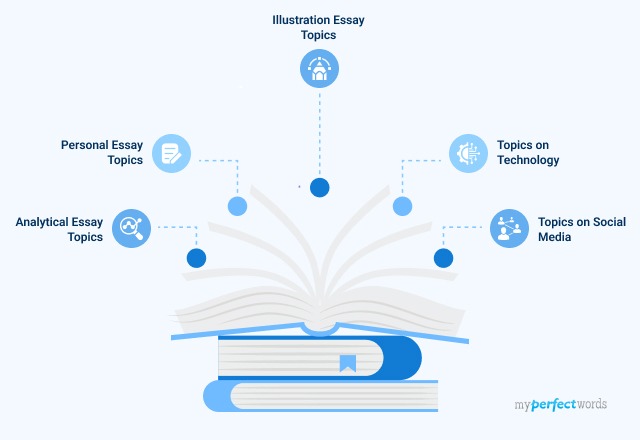



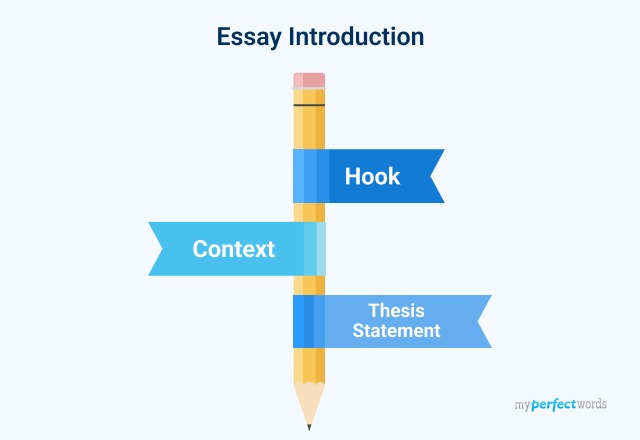


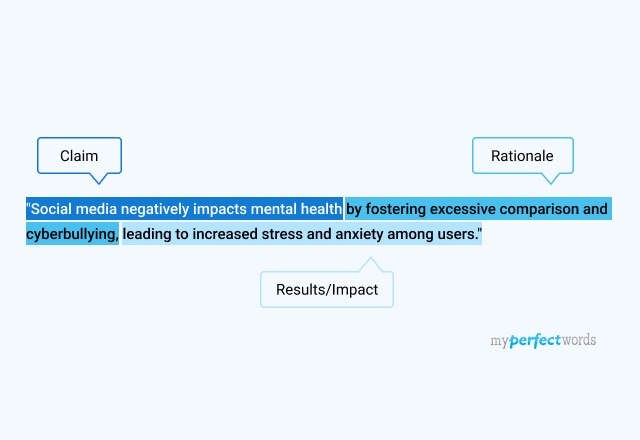







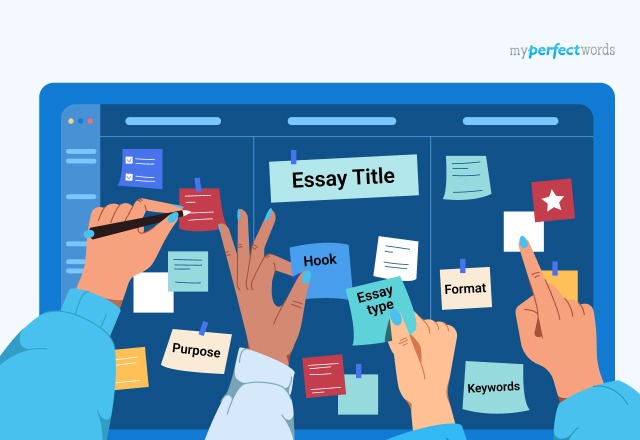
-9261.jpg)

